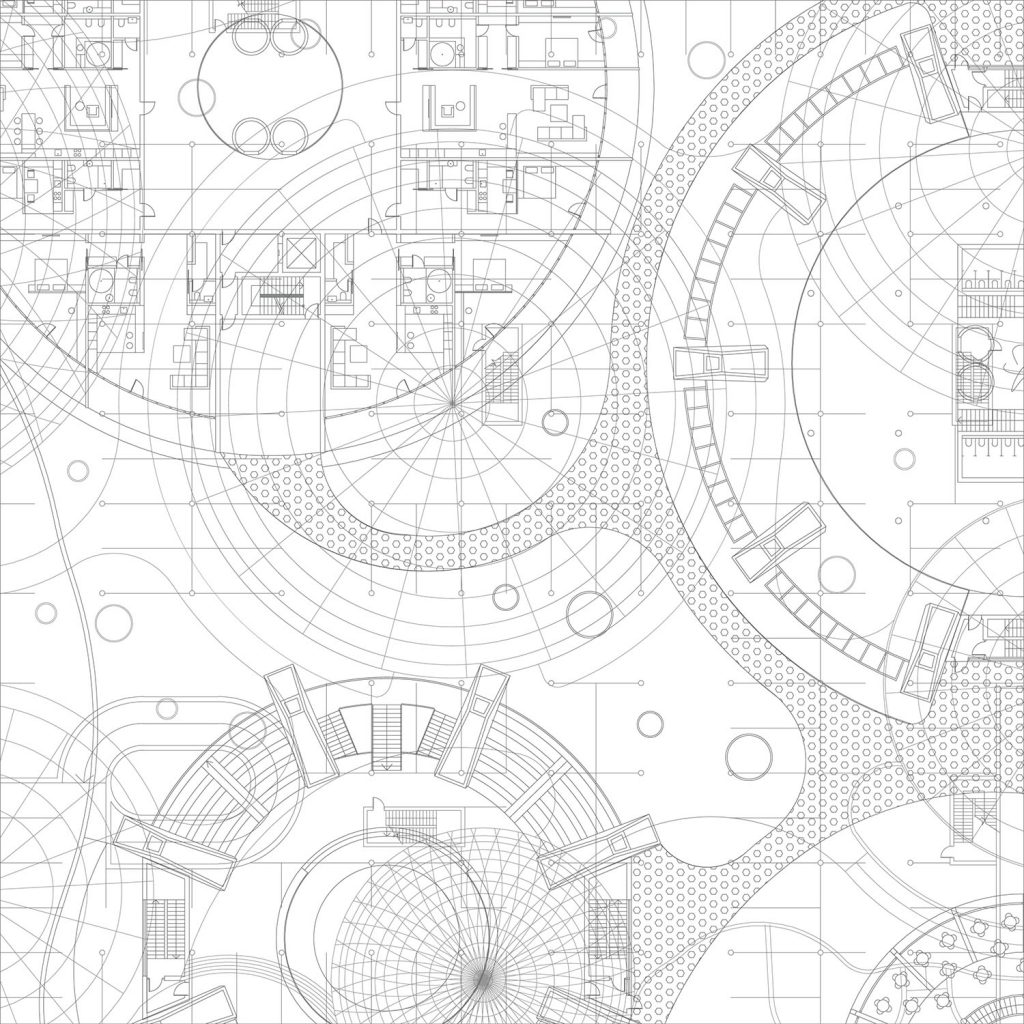Blueprint for success
by ROCCO CAFARO and ANISHA PATEL
During the past year, we have seen economies all over the world decimated by a once-in-a-lifetime pandemic. The recovery is well underway, and many hotel owners are considering construction improvements to refresh existing accommodations and amenities in an effort to attract guests that are resuming business and leisure travel schedules.
Here, we will highlight and explain several important provisions common to construction contracts. This is certainly not a comprehensive list of all such provisions, and property owners should consult a construction lawyer when negotiating and drafting construction contracts. And construction contracts are generally not developed in a one-size-fits-all format, so each property owner will need to contract to meet the specific goals of each project.
Here are a few provisions that every owner should look for:

NARIN NONTHAMAND/SHUTTERSTOCK.COM
1. PRICING
There are more options for pricing construction improvements than most people realize. The most straightforward option is a “stipulated sum” or “lump sum” arrangement, where the contract price is not subject to any adjustment. This arrangement is straightforward and certain. However, it presents some risk for each side: If the cost of materials or labor fluctuates, then one side or the other may see some benefit.
A “cost-plus” pricing arrangement involves passing the cost of labor and materials directly to the owner and compensating the contractor with an agreed fee. The risk/reward in this arrangement is the owner’s alone, and most owners see the upside potential of significant savings. However, this pricing model requires owners to stay involved and oversee labor and materials costs to ensure competitive pricing.
2. COST ESCALATORS
The cost-plus model can include a guaranteed maximum price, which serves to cap the owner’s cost for the project and add some certainty. Any owner considering a construction contract this year needs to pay special attention to the next part.
The presence or absence of cost-escalator provisions might be the single most-important feature of any construction contract signed this year. Supply chain shortages and inflation are causing materials costs to skyrocket.
Let’s look at lumber. The National Association of Homebuilders reports that a surge in lumber prices in the past year has added $35,872 to the price of an average new single-family home. Costs of windows, hardware, fixtures, and iron/steel are also on the rise. Smart contractors will try and pass this risk to owners with cost-escalation provisions, which require owners to pay for increases. Smart owners will spot these clauses and weigh the associated risks.
3. COMPLIANCE PROVISIONS
Owners rely on contractors to design and build construction improvements to comply with all applicable codes, regulations, and laws, or at least they should. This means the construction project will be designed and built according to the local building codes. It also means the construction will satisfy all state and federal laws, including the Americans with Disabilities Act (ADA). The ADA and its associated regulations contain very specific instructions to ensure construction improvements do not present barriers to persons with disabilities. The laudable goals of the ADA have been compromised by hundreds of thousands of lawsuits aimed at owners. The responsibility for satisfying requirements of the ADA should be delegated in the construction contract.
4. DISPUTE RESOLUTION
Most construction contracts include dispute-resolution provisions. Some arbitration provisions include a requirement that the parties mediate the dispute in an effort to reach resolution with a neutral party serving as a facilitator. Venue provisions are sometimes included in the dispute-resolution section to govern where the dispute will be resolved. This should be checked carefully, especially if the contracting parties aren’t local to the same geographic area. Similarly, provisions concerning prevailing party attorneys’ fees should also be considered carefully as this feature shifts the costs for attorneys’ fees from the prevailing party to the losing party.
 Rocco Cafaro is a shareholder and board-certified construction lawyer in Hill Ward Henderson’s Construction & Design Group. His is practice involves litigation, arbitration, and transactional work for property damage, personal-injury claims, lien foreclosure actions, payment and performance bond claims, design negligence, and construction defects. His practice also involves the preparation and negotiation of various contract documents related to the construction industry.
Rocco Cafaro is a shareholder and board-certified construction lawyer in Hill Ward Henderson’s Construction & Design Group. His is practice involves litigation, arbitration, and transactional work for property damage, personal-injury claims, lien foreclosure actions, payment and performance bond claims, design negligence, and construction defects. His practice also involves the preparation and negotiation of various contract documents related to the construction industry.
 Anisha Patel is an Associate in Hill Ward Henderson’s Commercial Litigation Group. She represents individuals and firms in a variety of business-related disputes, including professional liability matters, insurance coverage disputes, and the defense of lawsuits concerning the Americans with Disabilities Act.
Anisha Patel is an Associate in Hill Ward Henderson’s Commercial Litigation Group. She represents individuals and firms in a variety of business-related disputes, including professional liability matters, insurance coverage disputes, and the defense of lawsuits concerning the Americans with Disabilities Act.




